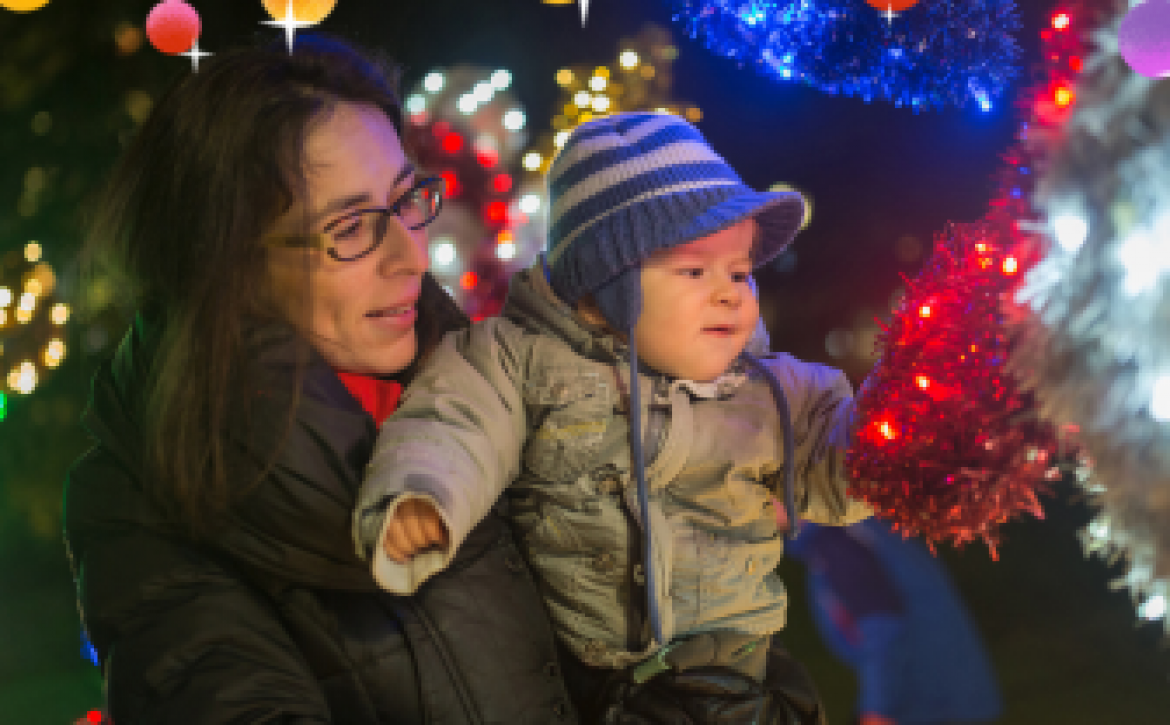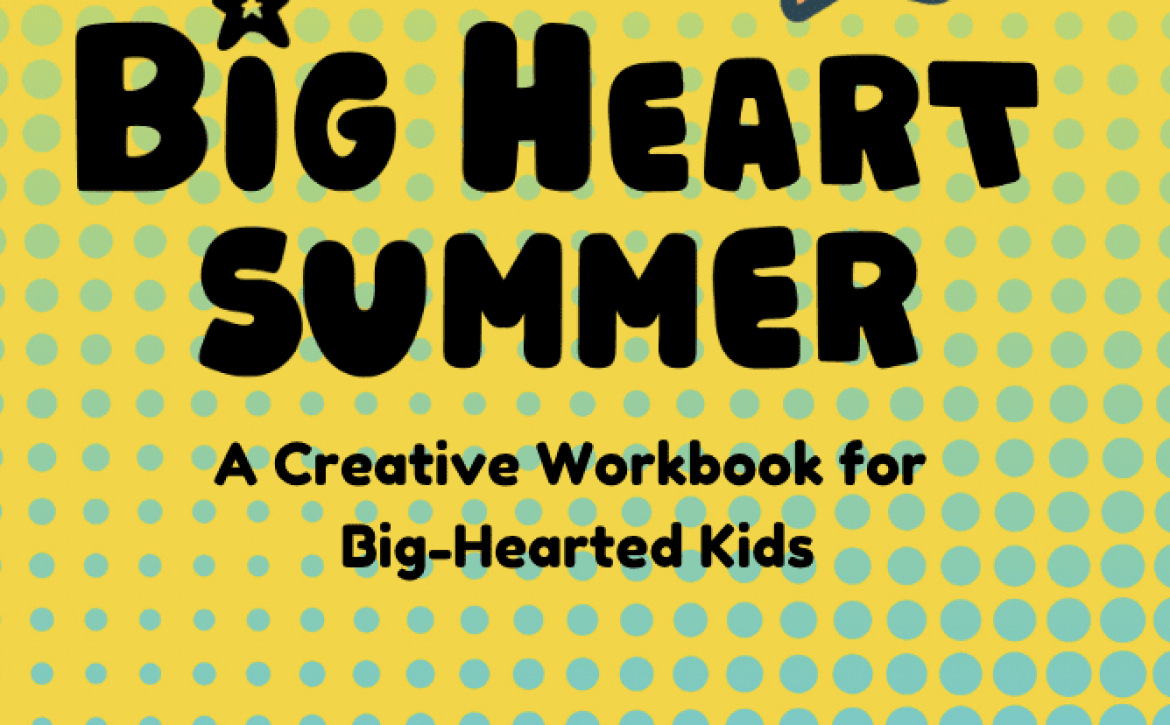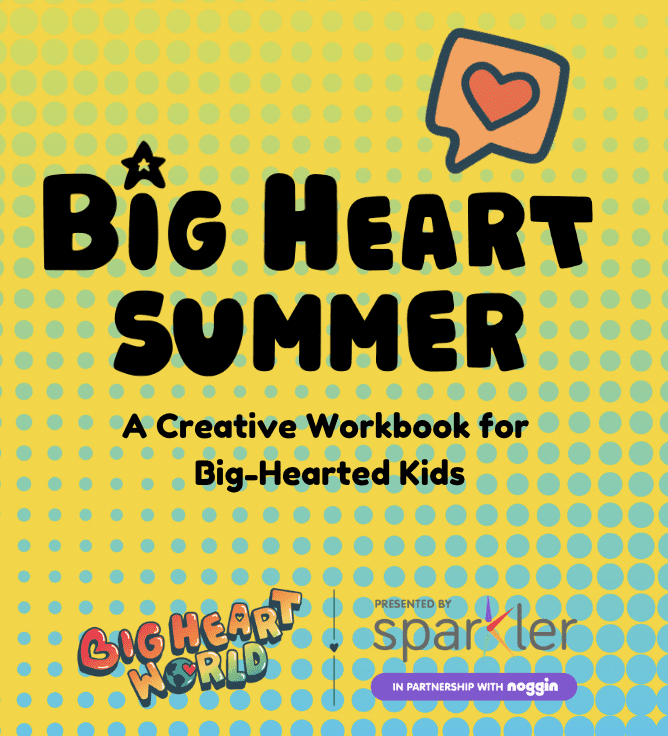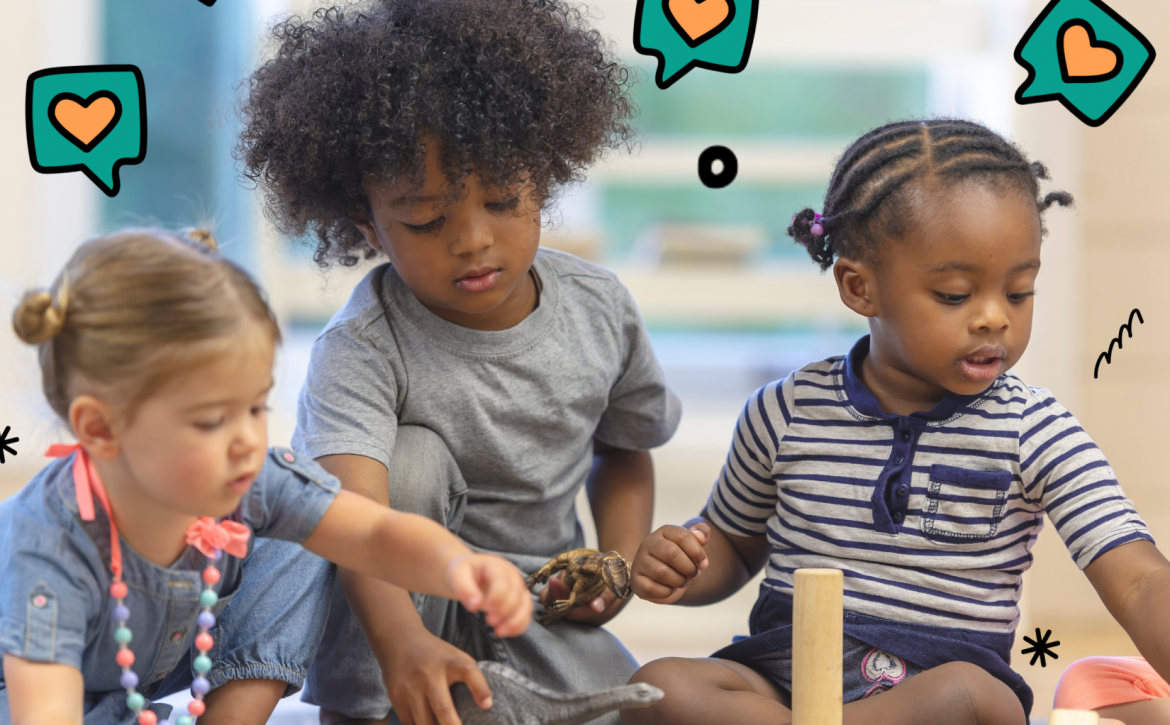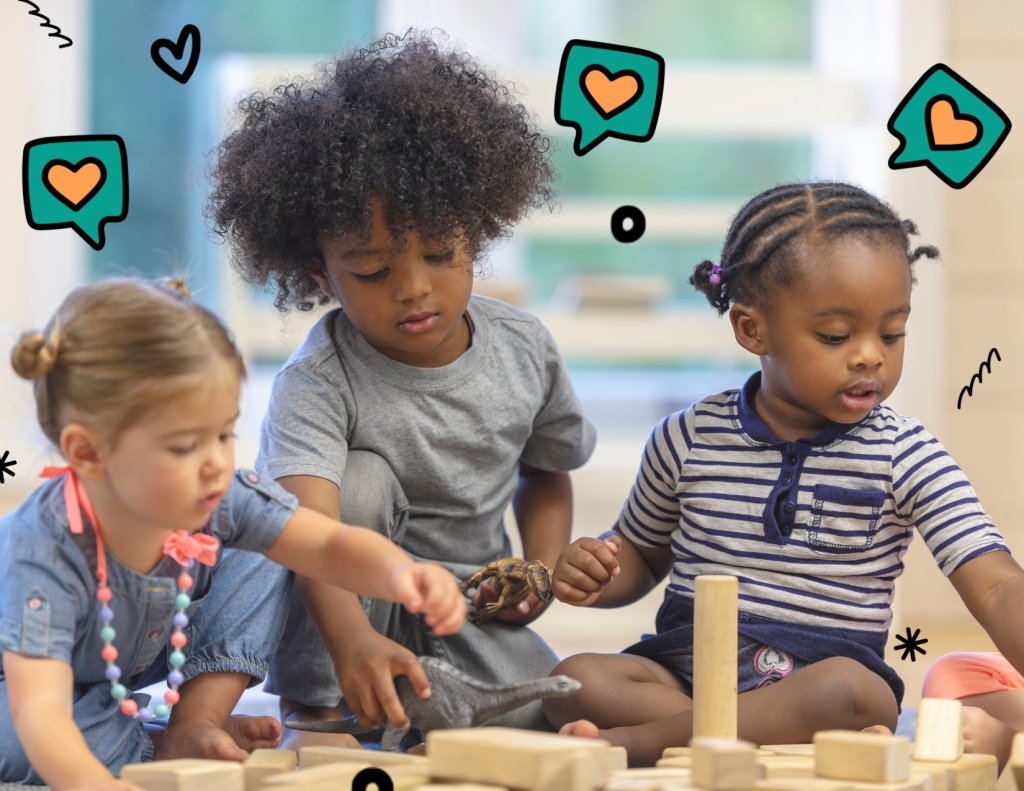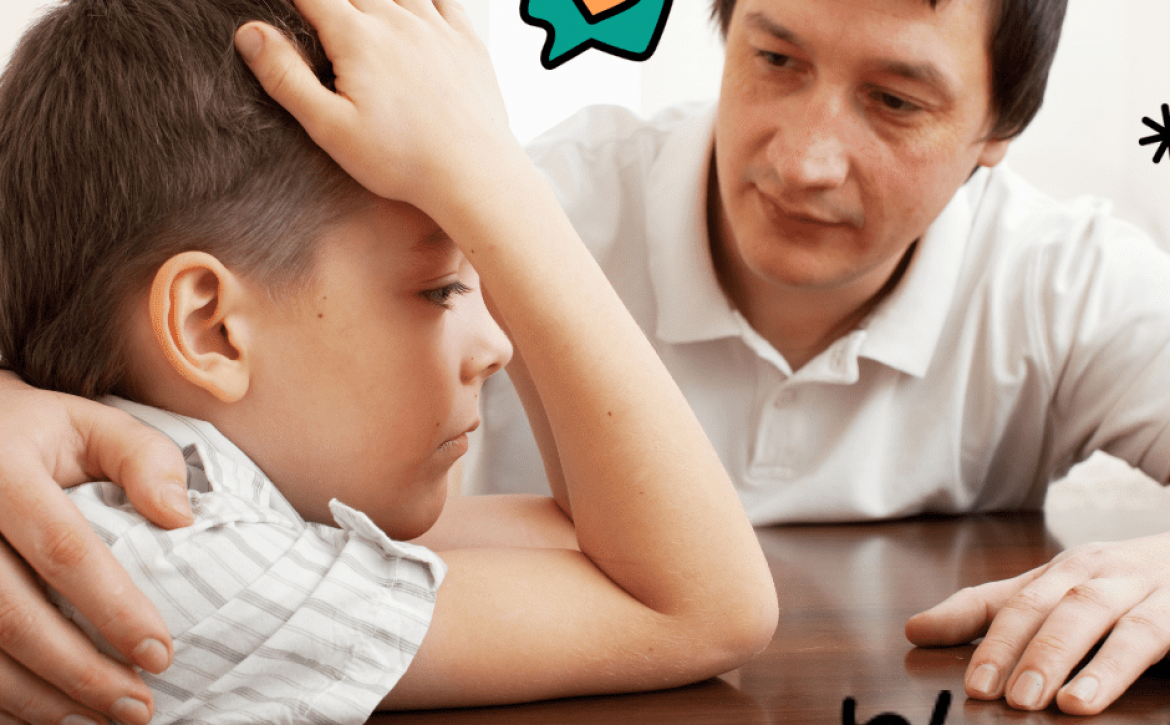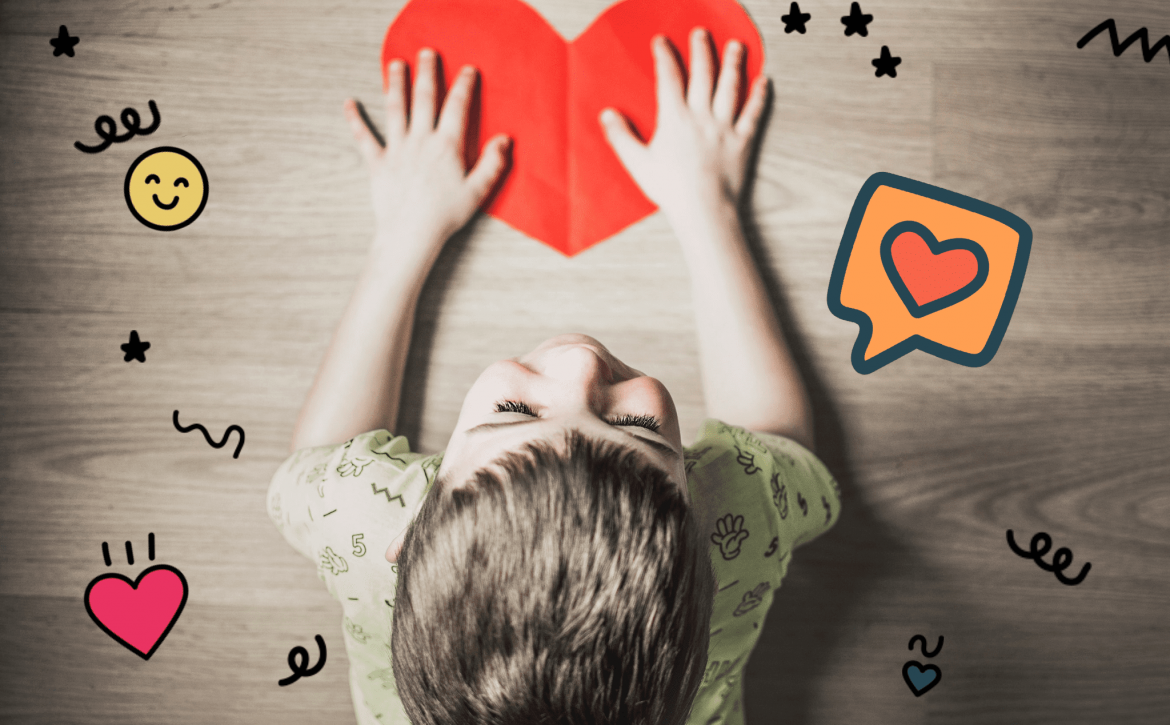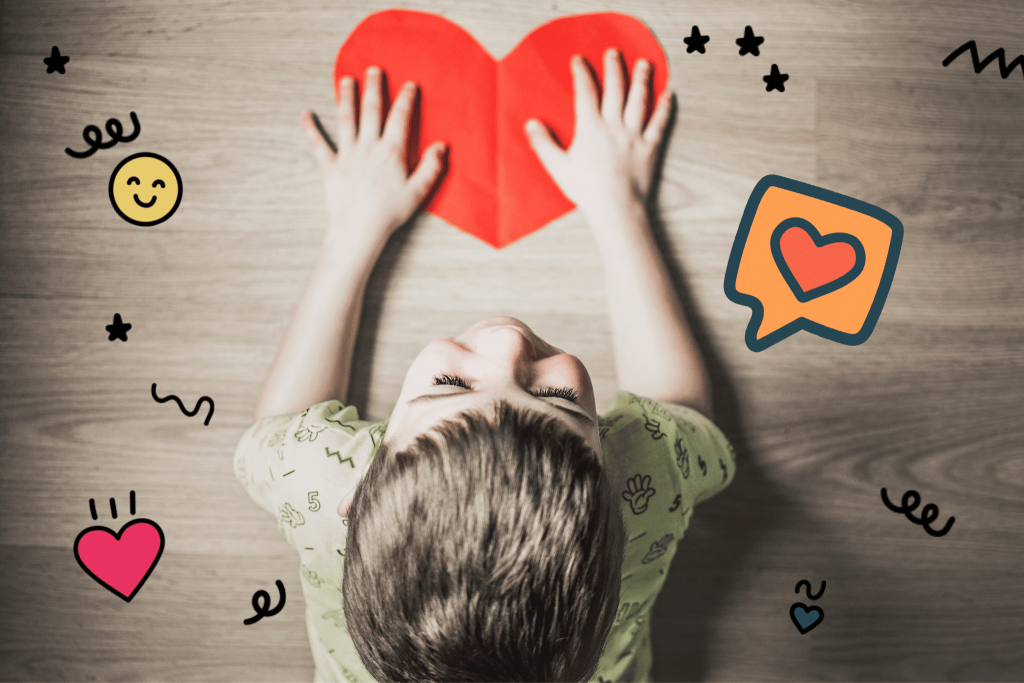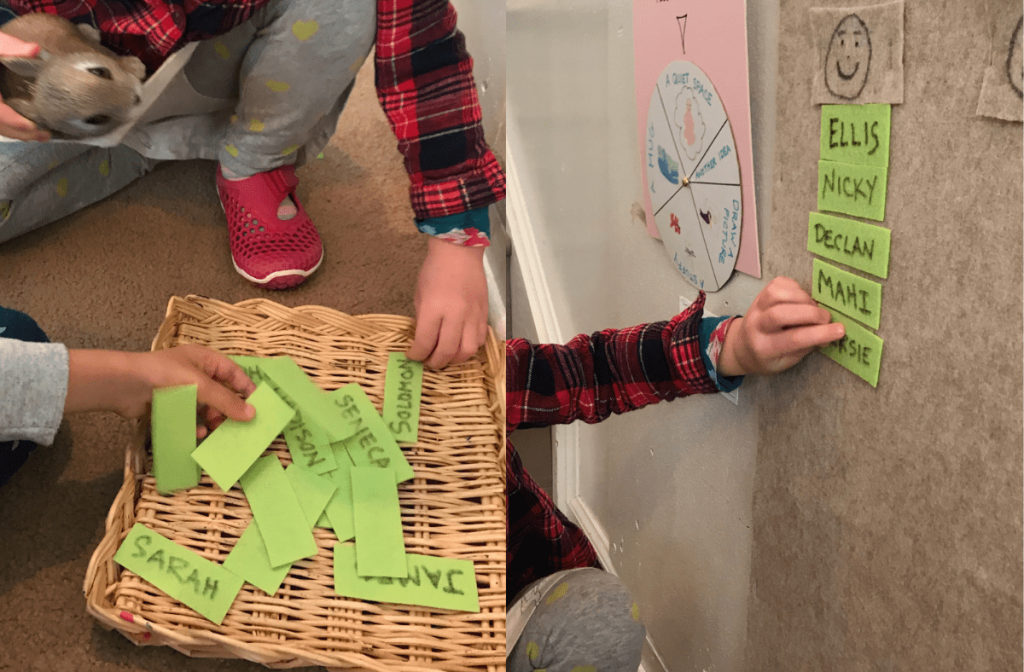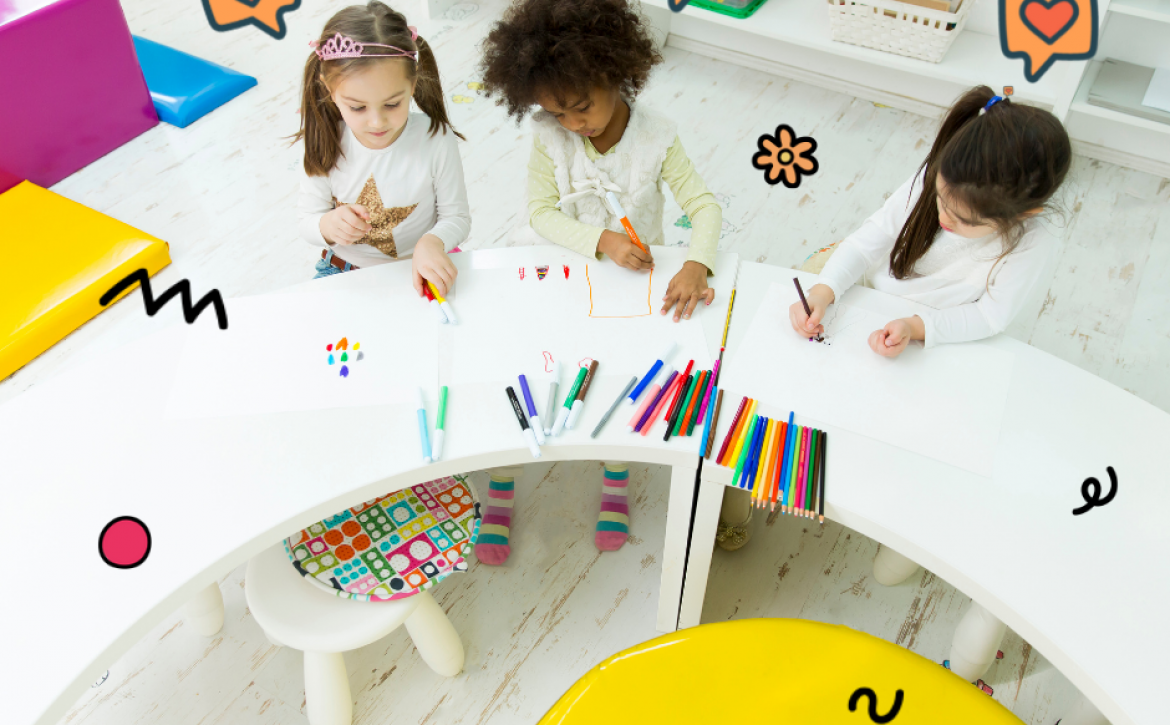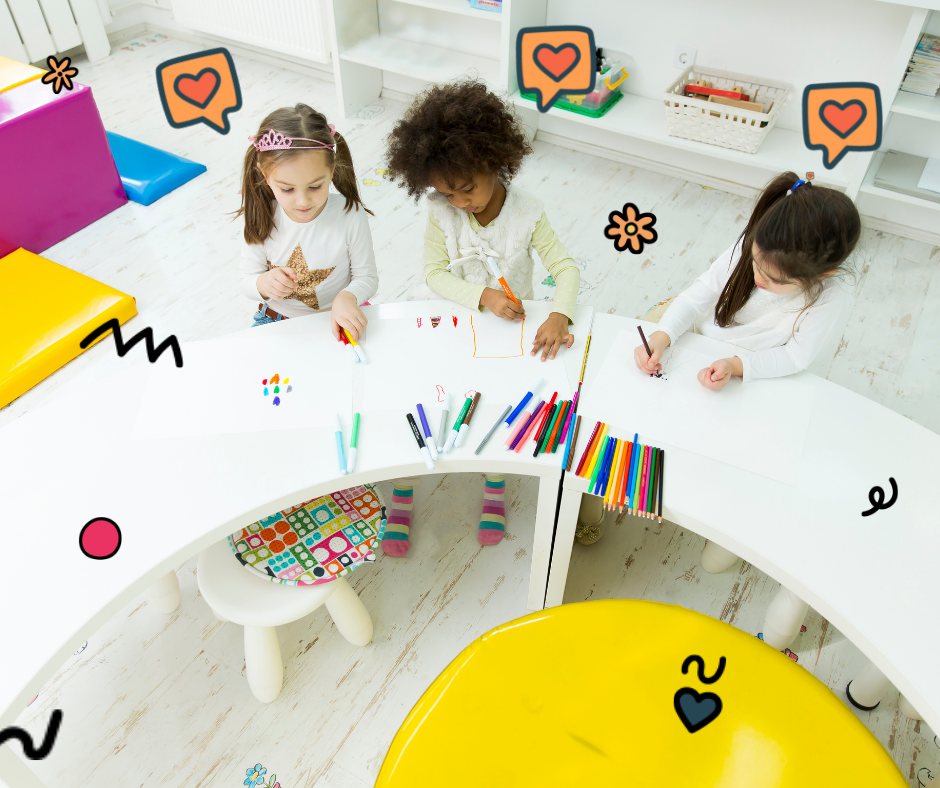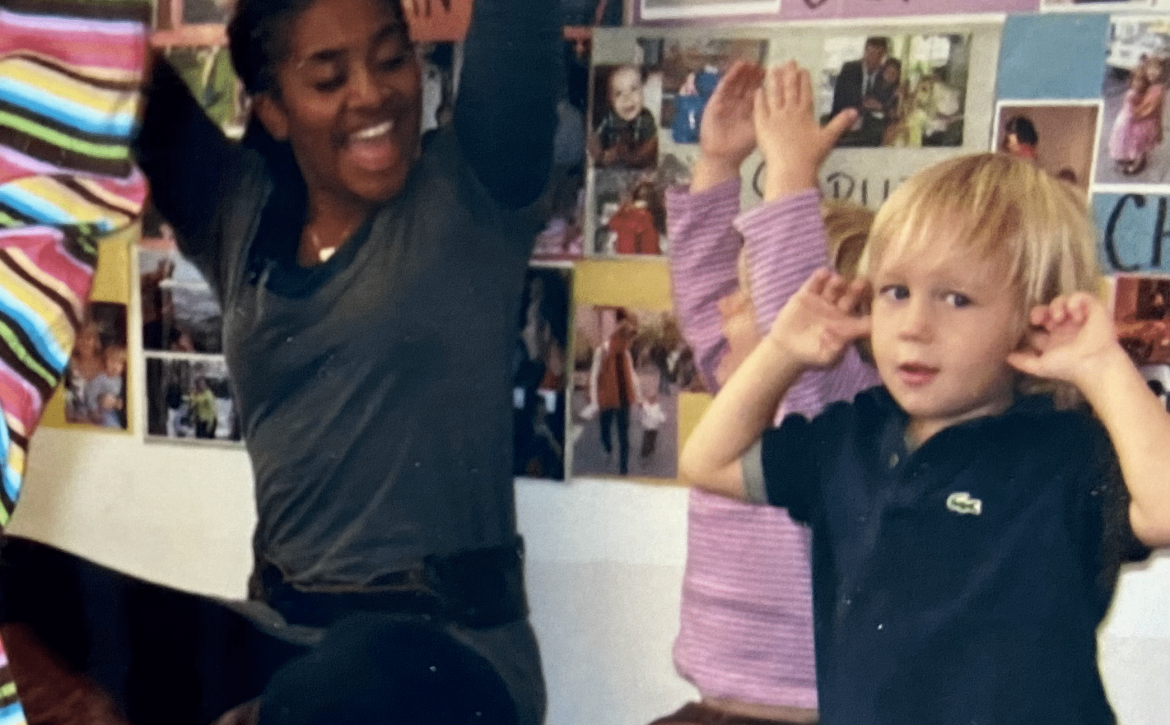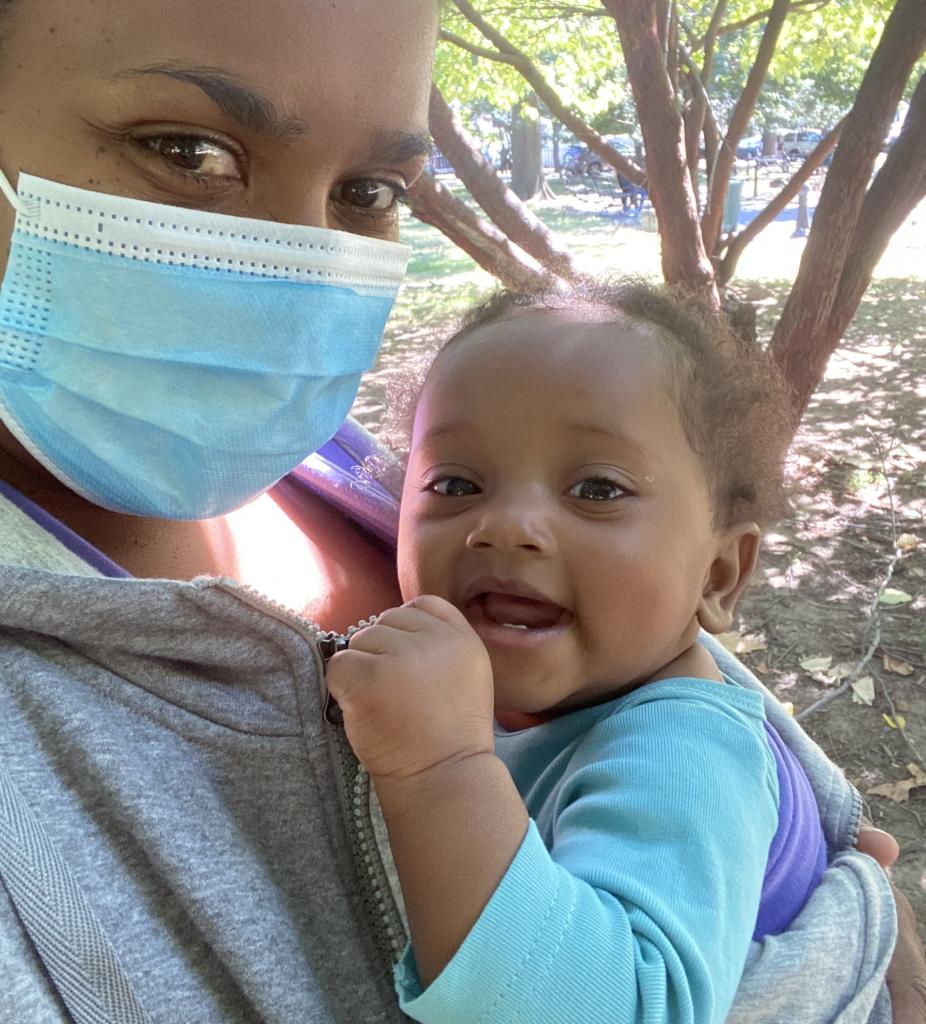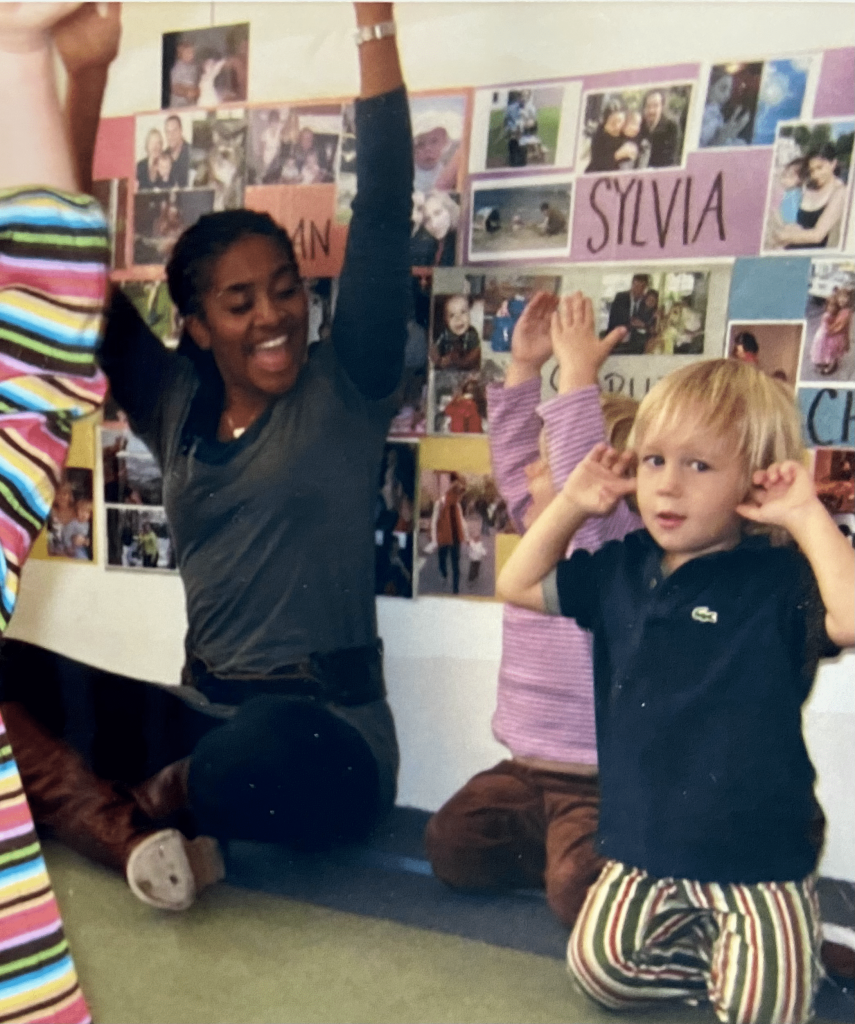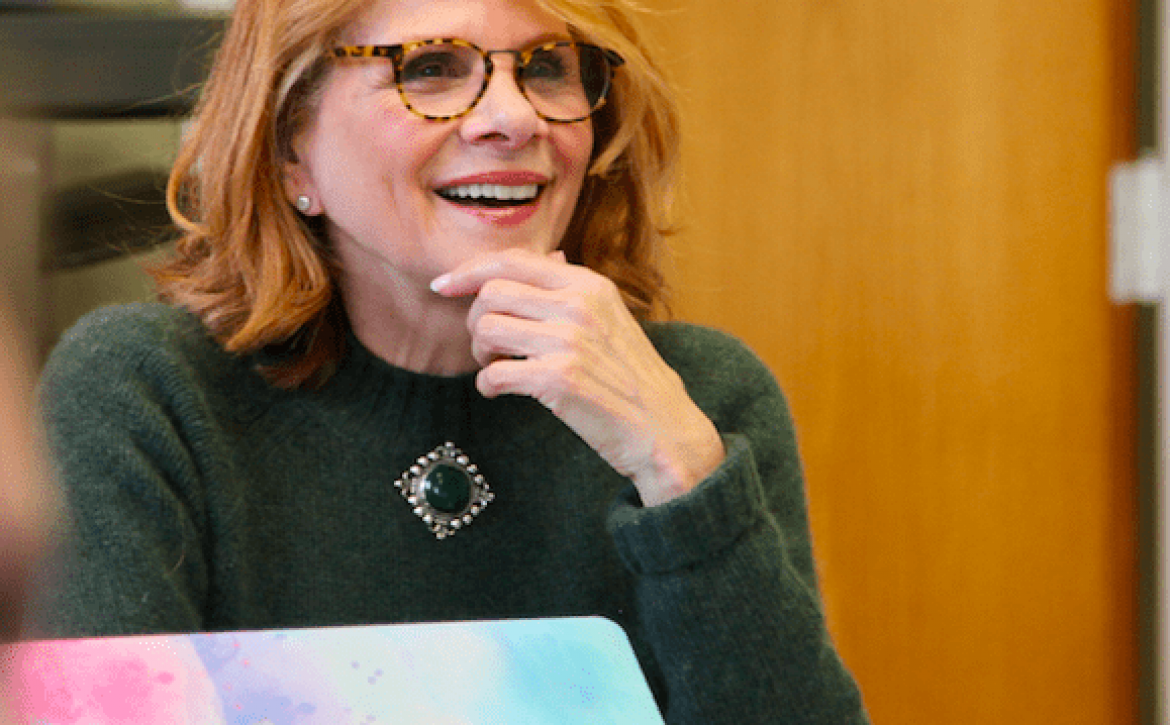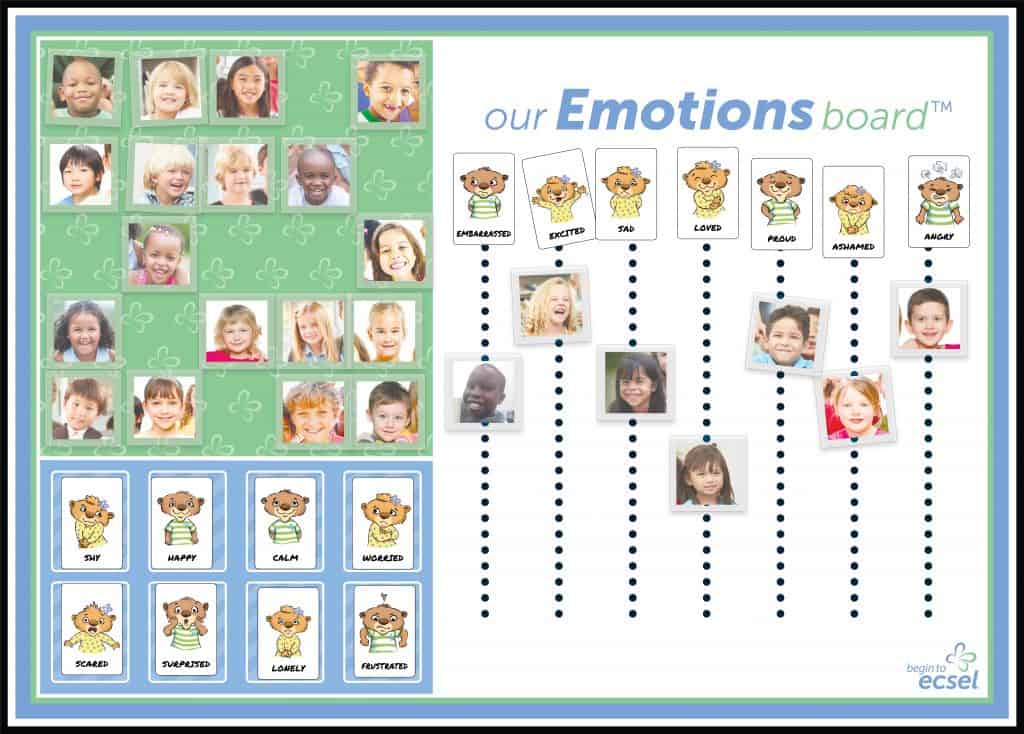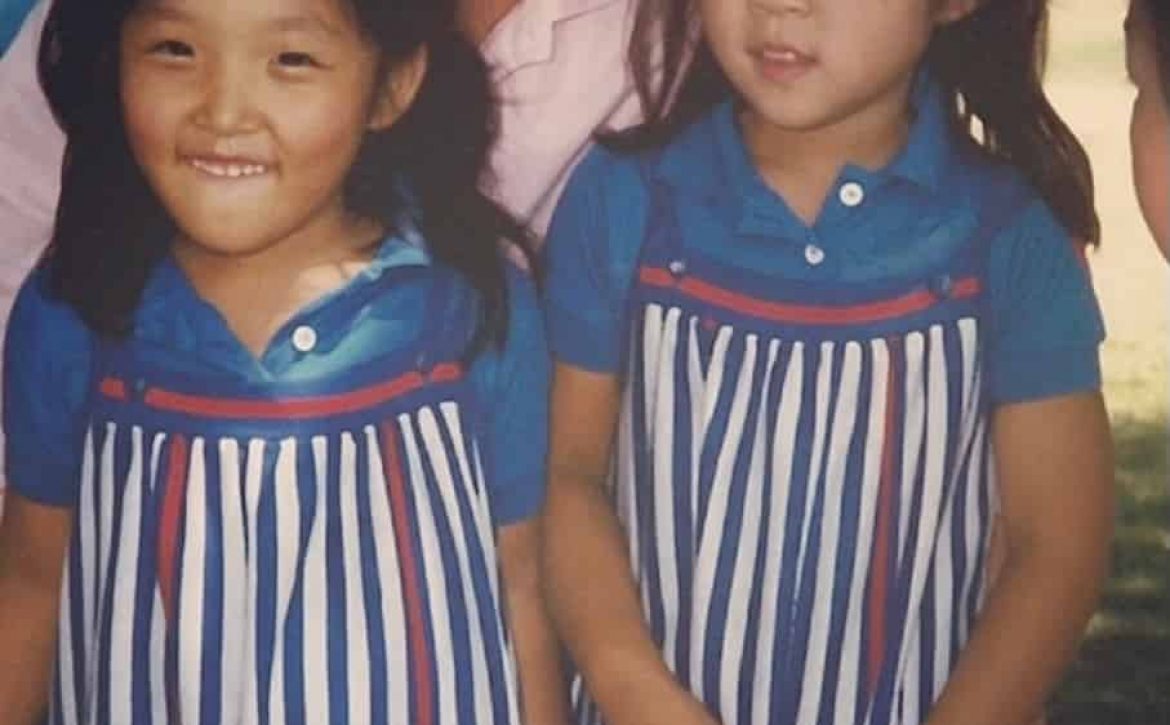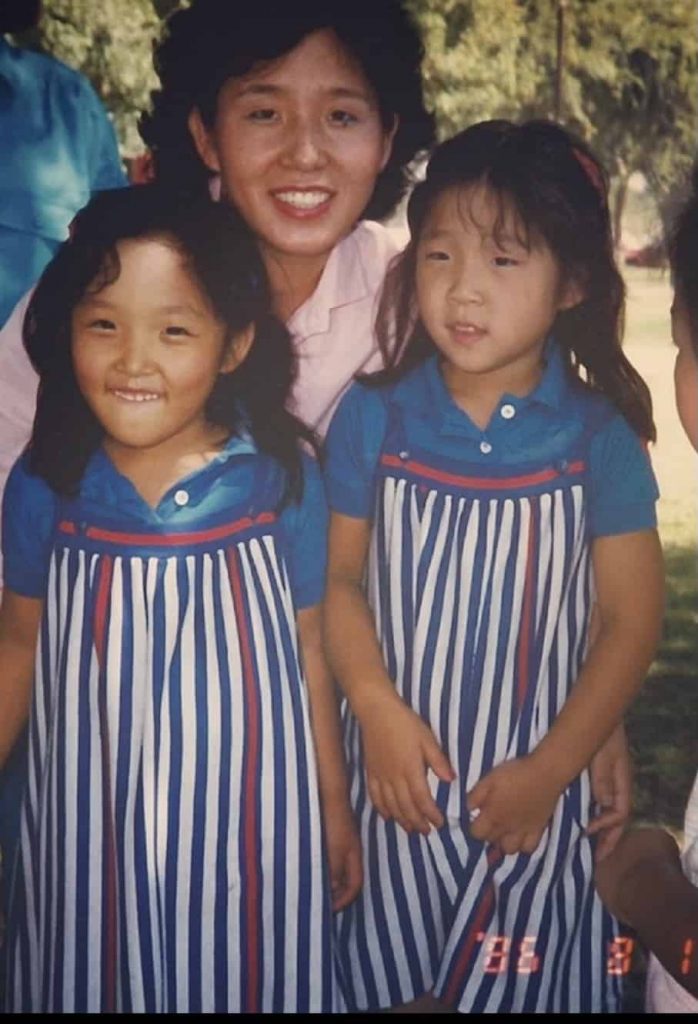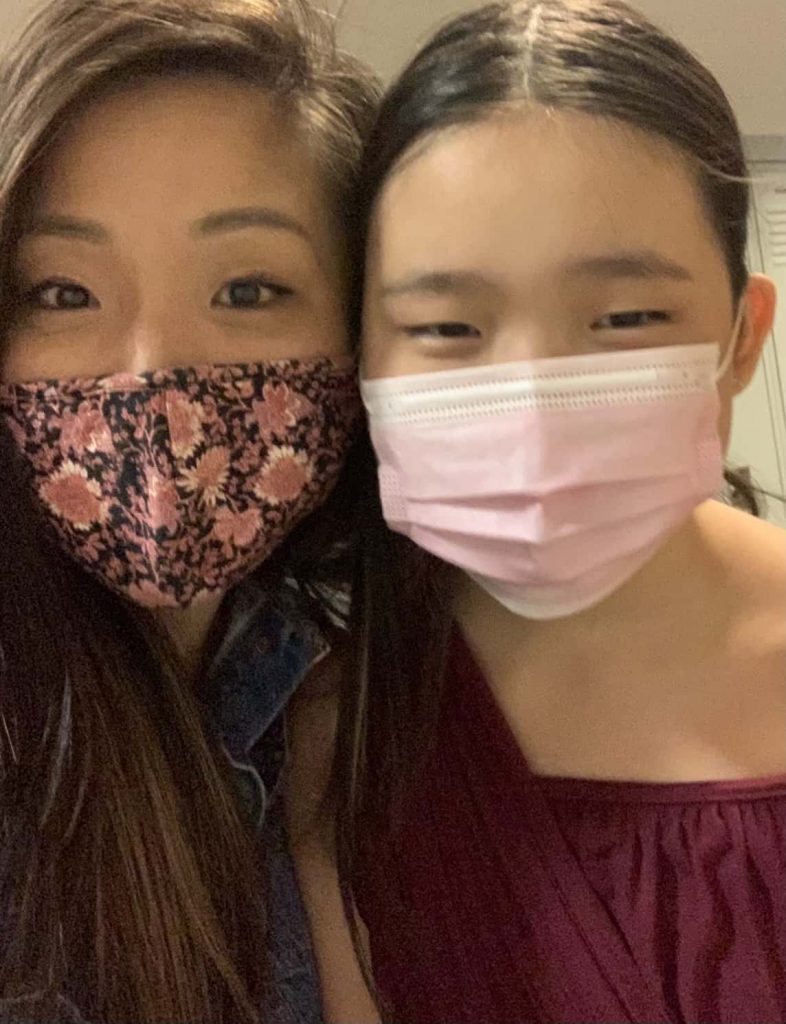Keeping Routines to Keep the Holidays Joyful

Sparkler chatted with Kate Sweeney, the co-director of the Parent Infant Early Childhood Innovations Institute at the University of Connecticut, School of Social Work about the holidays — which can be a joyful, celebratory time, and also an overwhelming, stressful time for children and families. “While the holiday season is an exciting and joy-filled time, we can often underestimate how overwhelming it can be for kids, especially the youngest. A big part of that is because these special events and celebrations remove us from our regular routines,” she explained. “Routines offer predictability and consistency for children, which helps them feel safe, secure and in control.”
Sparkler: Why is maintaining a routine important for kids during the holidays?
Sweeney: Routines offer predictability and consistency for children, which helps them feel safe, secure, and in control. Children don’t get offset by an event itself, it is more about the lack of predictability and routine. This can feel confusing and frustrating for adults: “You love trains, why are you throwing a tantrum when we made the effort to go see this train display?” But if we re-frame our response, and remember that a child’s behavior in the moment is likely expressing a moment of dysregulation due to lack of routine, it can help us feel less frustrated, stressed and annoyed as parents, and instead meet our children with calmness and compassion for how they are feeling.
Sparkler: How can we manage holiday activities while still sticking to a routine?
Sweeney: Some holiday traditions depend on kids being on their best behavior in new or less-familiar settings. Think about the lengthy services; parties with people who might be new or unfamiliar; different food and meal structure; and travel that can disrupt a child’s rest or nap time.
The key to engaging in these activities, while also protecting your child’s routine as much as possible, relies on two key factors: PLANNING and BALANCE.
By “planning” we mean literally looking at the weekend or holiday, with your child’s schedule and temperament in mind. What is moveable to accommodate the parts of your child’s routine that they are most dependent on for a successful day? If it is nap time, and an event starts in the middle of that time, is it possible to get them to rest earlier that day, or to tell the host that you will be there a little late? Is it best to leave the night before rather than waking your child up a few hours earlier than typical for travel?
By “balance” we mean planning a balance of active and calm parts of your child’s day — even if the routine will be modified. If you have family visiting and there are parties to attend or activities to do together, can you spread the many new activities over two days rather than all on one busy day?
It’s also important to be aware of your own self-regulation needs. When you are aware of your own needs, you are ready to help your child(ren). Our kids naturally respond to us (it’s biological!) so if we are stressed or tense (which can sometimes happen over the holidays!), we cannot expect them to be calm and rational.
Sparkler: What if my child is having trouble adjusting to the holiday changes?
Sweeney: Kids, especially young children, are going to demonstrate to you that they are having a bit (or a lot!) of a hard time with the additional activities and adjustments to their usual routine. It is so important to remind ourselves that behavior has meaning and is communicating a need. What does my child need right now? Are they hungry, tired, hot, overstimulated, bored? We would respond to all of these in different ways, so consider that in your response, always letting your child know you understand how they feel and even though they are upset, you are calm and can handle their moment of distress.
Sparkler: How can I keep bedtime routines consistent during family gatherings or while traveling?
Sweeney: Some of this will vary greatly if you are traveling away from the space where your child(ren) typically sleep for bedtime, or if they will be staying put in their familiar bed/room/home. You should start by considering what is going to matter most to your child: is it a particular blanket, particular sippy cup, particular music or white noise app on your phone, or a certain hour that they need for transitioning into sleep? If you are in a new location, it is natural that your child will take a bit longer to fall asleep (this happens to us, too!) so don’t get frustrated. Instead, plan for it and you will be more calm in handling the disruption. Another thing about bedtime is timing. Consider what is occurring right before you are asking your child to fall asleep. Can you arrive to a friend or family member’s home in the afternoon, rather than 30 minutes before you are asking your toddler to fall asleep in a new setting? If you are staying home, but having people over, think about some strategies that can make it easier to maintain consistency in your child’s bedtime routine.
Sparkler: How can I manage sensory overload during holiday events?
Sweeney: Sensory overload during the holidays is sometimes unavoidable. You will be going to places (even the grocery store!) that are more crowded than usual. Lines can be longer, decorations can be bright and lights can be blinking. All of this is beyond our control. One thing that is always in our control is how we respond to our child in their moments of dysregulation. Take the time you need to calm yourself, remembering that behavior (no matter how disruptive) is communication. What does your child need right now? And what typically works to calm and soothe them? Keep that in mind — or if it’s a physical thing like a stuffed animal or a favorite book — make sure that you have it with you so that you’re ready to help your child. Preparing is like checking the weather forecast before packing for a trip! And if your child(ren) are particularly sensitive to sensory overload, try to plan accordingly. Consider if you need to go to a busy store or tree farm when it is most busy.
Sparkler: What strategies help when my child struggles with transitions during busy holiday days?
Sweeney: Keep in mind the importance of expecting and understanding that the holidays can be both exciting and overwhelming for children (and adults!) and that this can be due to overstimulation, increased social demand, and disruption to an established routine.
Remember to anchor your response to your child in understanding. For example, you can say, “I know you were excited to see Santa, but the line is very long and it is hard to wait.” You can also prepare yourself with the things that support your children to calm down and regulate. This can be different for different kids, but you know your child best.
As you navigate routines during the holidays, remember that flexibility and patience are key to a joyful season. Embrace the imperfections, try to tolerate the tantrums that are sure to occur, and focus on creating special memories with your child(ren).

